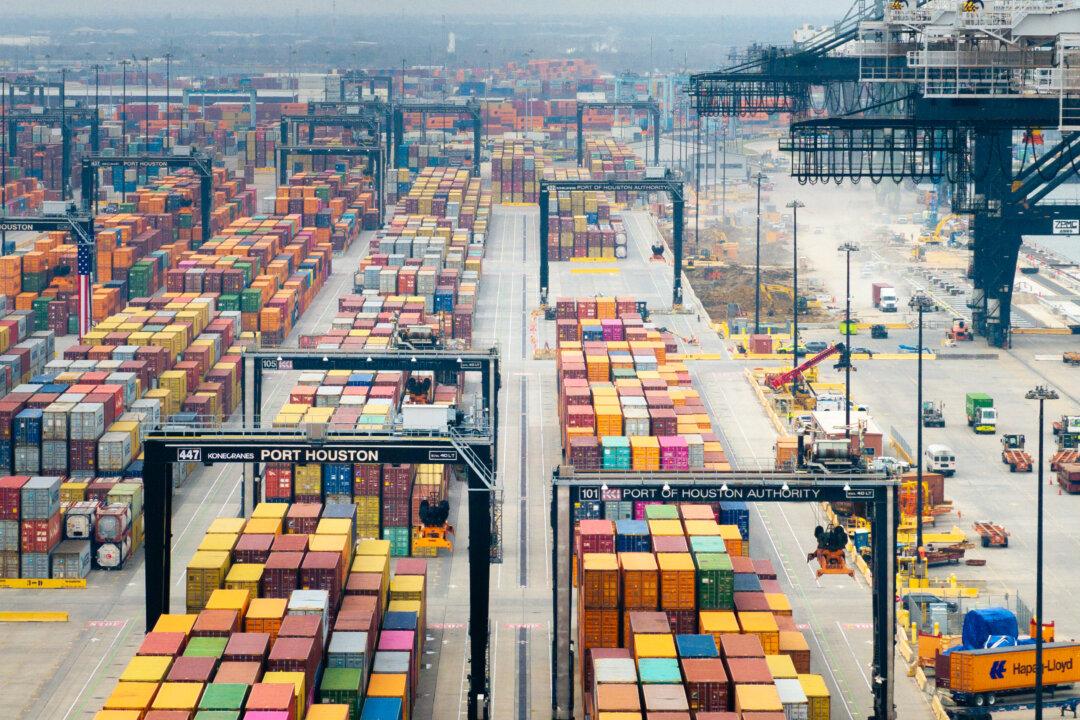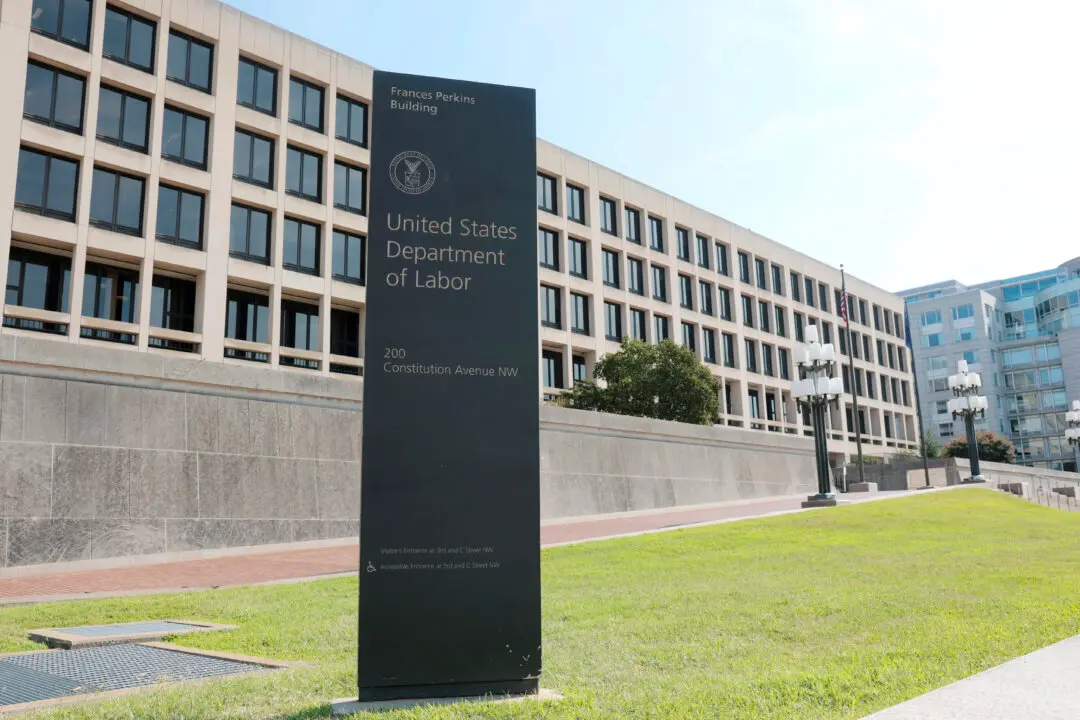Commentary
Many people who have supported President Donald Trump and cheered on the first 10 days of executive orders are deeply squeamish about the sudden trade war. Trump has suddenly imposed tariffs on Canada, Mexico, and China, long before taking any action on taxes and before deregulation in the United States has taken effect. Even people who are concerned about issues of international trade and U.S. manufacturing worry that all of this is too much, too soon.





